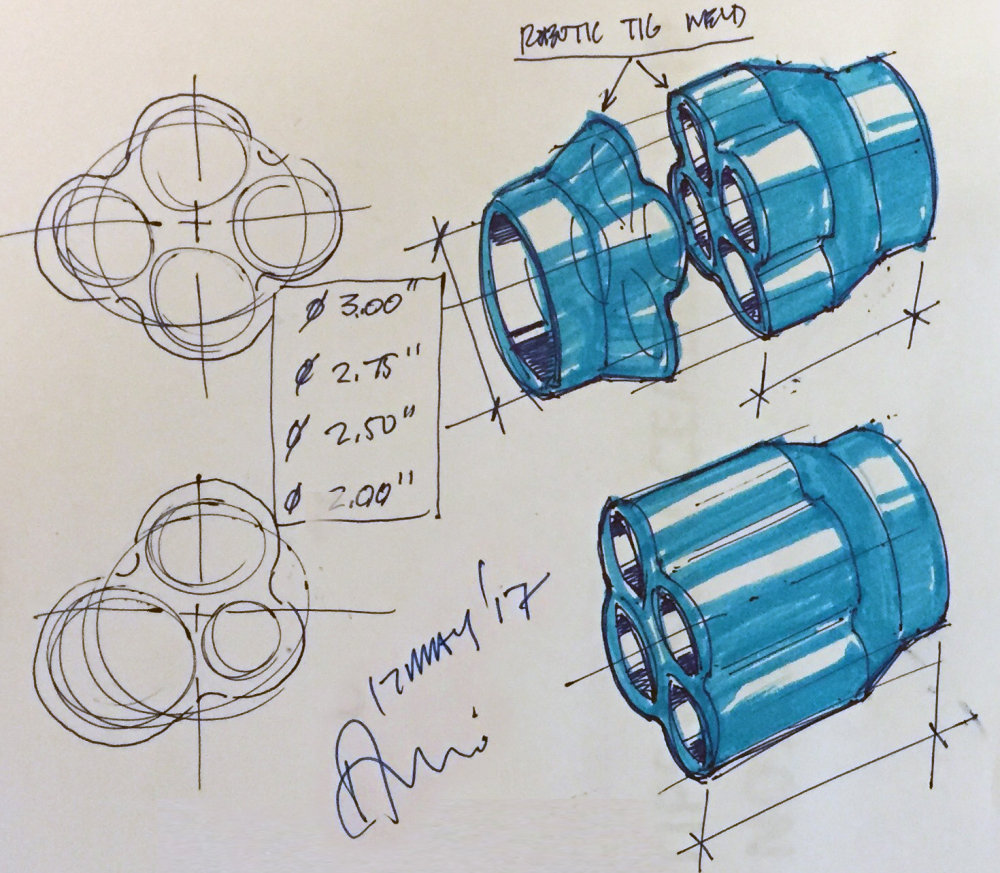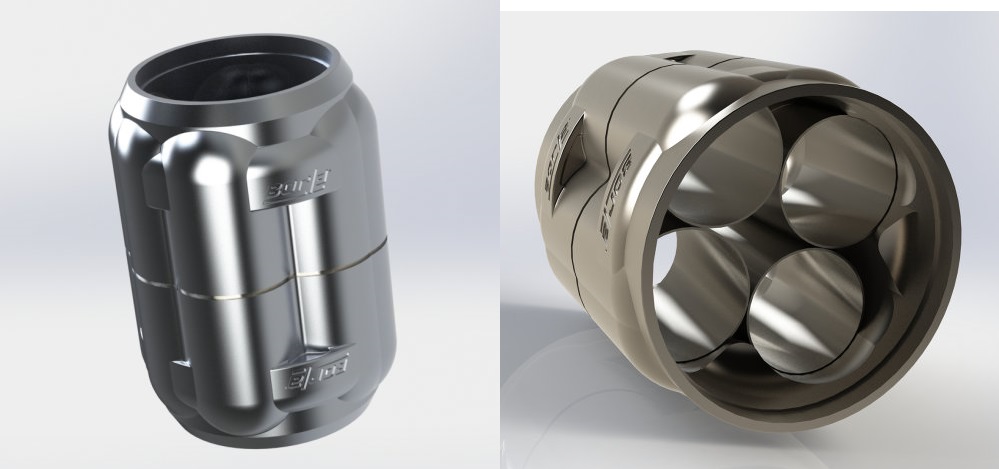Ford Mustang to Get Tuned Tones from Borla

Can’t imagine your Mustang’s exhaust sounding any better? Polyphonic technology will change that.
Every new Ford Mustang GT has an exhaust system designed to optimize flow while also presenting the kind of throaty grumble that buyers expect from a legendary performance car. Even with that in mind, many owners look to add more sound to their pony car via aftermarket exhaust systems.

The problem is that many exhaust systems have the same basic internal characteristics which lead to the same basic sound, but the exhaust experts at Borla have found a solution to that problem.
At next week’s SEMA Show, Borla will unveil their new polyphonic-based exhaust sound technology. This new product will allow Ford Mustang owners to customize the tone of their exhaust note beyond simply making it louder.
“For centuries, pipe organs have allowed musicians to play different notes together,” David Borla explained. “The instrument uses variations in pipe diameter and length to make different notes. This concept lends itself perfectly to exhaust design because it will allow us to alter exhaust notes without restricting gas flow.
We’ve actually taken historical pipe organ ratios, calculations and formulae to combine pipes so we can create, manipulate and control polyphonic pitch harmony in an exhaust system without restricting performance. By using timbre scaled variations in pipe diameter, length and shape, BORLA continues to raise the bar in performance exhaust technology.”
Borla Polyphonic Exhaust Technology
David Borla (VP of Sales and Marketing) has musical training and has spent decades working in the musical industry. He used that experience to develop the new Borla Polyphonic Exhaust Technology. Basically, Borla is using similar technology to that of classic pipe organs, introducing different tube length and diameter to adjust the exhaust sound. As a result, the exhaust systems with these Polyphonic components can be fine-tuned to offer a different sound, all while preventing the dreaded exhaust drone.

As you can see in these images, the Borla’s Polyphonic Exhaust Technology will be introduced in a variety of forms. In each design, the company is using unique internal and external piping to adjust the sound.
The internal setup appears to be a piece that would go in-line of the vehicle’s exhaust system while their unique tailpipe setup has an external piping setup that looks similar to a set of headers. We all know how different length headers can impact the sound of an engine, but having these unique tubes towards the rear of the car will alter the sound without hurting flow or performance.
Once in use, Borla’s Polyphonic Exhaust Technology will allow the company to adjust their products to each individual vehicle. If the engineers find that a certain tube length sounds better on a 2017 Mustang GT than it does on a 2017 Camaro SS, each car will have unique systems with their own sounds. Also, by changing the tube length and diameter, Borla will be able to offer different sounds from the same car, so a Mustang GT with two slightly different Polyphonic Exhaust setups could sound completely different.
Finally, while this might be optimistic, this new technology could allow Borla to offer some sort of customization. This means that a Mustang GT owner who wants a louder, deeper tone can order a system that offers those characteristics while someone who wants the added flow of the Borla exhaust with less rumble will be able to pick a system that fits their needs.
As a side note, The Mustang Source’s sister site, Rennlist, will be getting a polyphonic exhaust on its #ProjectStork Porsche 911 S project car. We’re excited to see how this system beautifies an already sonorous flat-six.
